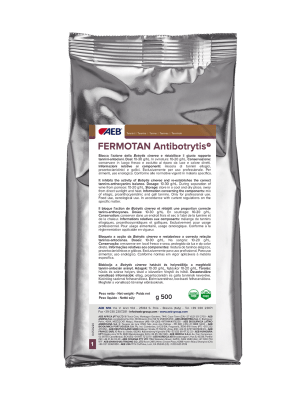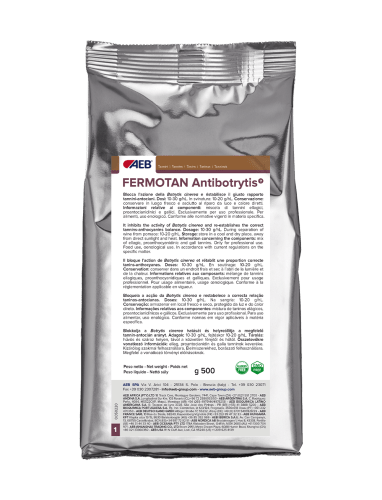FERMOTAN Antibotrytis
Tannin for inhibition of Botrytis cinerea

About
Group
Info & Contacts
Sustainability
 CIDER
CIDER
 Discover AEB Cider
Discover AEB Cider
Tannin for inhibition of Botrytis cinerea

